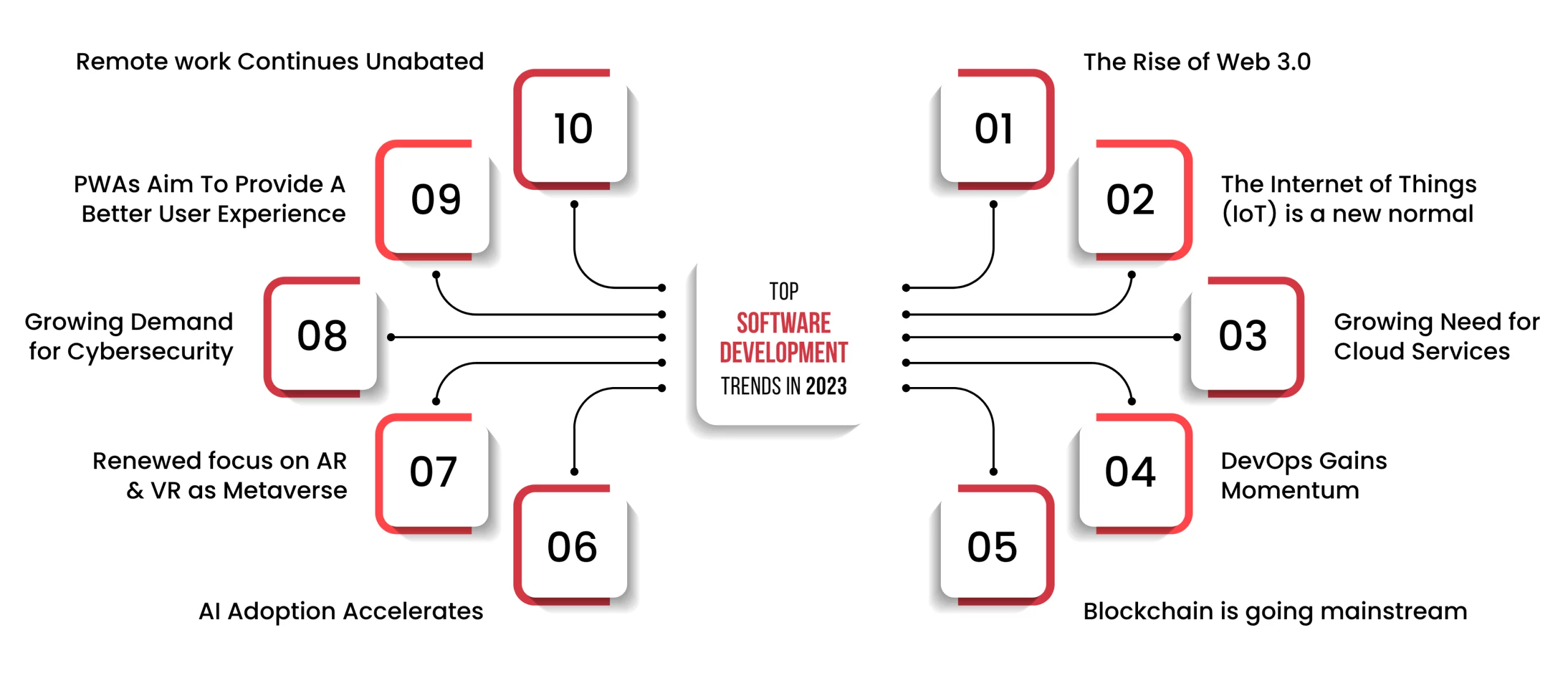The Rise of Edge Computing: Latest Trends and Innovations
As technology evolves rapidly, edge computing remains at the forefront of innovation, driving advancements in connectivity, efficiency, and real-time processing. Below, we explore the latest trends and developments shaping the technology landscape.
1. Edge Computing and 5G Integration:
With the rollout of 5G networks expanding, edge computing benefits from enhanced connectivity, lower latency, and greater bandwidth. As a result, the integration of edge computing with 5G enables ultra-low-latency applications like autonomous vehicles, augmented reality, and remote robotic surgery. Furthermore, as 5G continues to expand globally, its effect on edge computing grows stronger, enabling faster processing and richer experiences in telemedicine, transportation, and entertainment.
2. Edge AI and Machine Learning:
AI and machine learning are increasingly integrated into edge computing, enabling intelligent decision-making and real-time analytics at the edge. AI-powered applications such as predictive maintenance, anomaly detection, image recognition, and natural language processing are improving efficiency and reducing costs. By embedding AI into edge devices, industries can process data locally and make swift decisions.
3. Edge-to-Cloud Continuum:
The edge-to-cloud continuum is blurring the lines between edge computing and centralized cloud infrastructure. As a result, this fusion allows seamless orchestration of workloads across distributed environments. In fact, many organizations are now adopting hybrid and multi-cloud strategies to optimize scalability and resource utilization. Consequently, this approach balances local processing with cloud resources, resulting in better data handling and system performance.
4. Edge Security and Privacy:
Security and privacy are top priorities in edge computing systems, as the distributed nature of edge environments introduces new challenges. Solutions like data encryption, authentication, access control, and threat detection protect sensitive data and ensure compliance with regulations such as GDPR and CCPA. As these technologies continue to evolve, securing them is crucial for maintaining privacy and data integrity.
5. Edge Computing in IoT and Industrial Automation:
In IoT and industrial automation, edge computing developments are playing a vital role in real-time monitoring, control, and optimization of connected systems. With edge computing developments, industries can implement edge analytics, manage devices more effectively, and seamlessly integrate edge-to-cloud systems. In industrial IoT (IIoT) systems, for instance, edge computing enables monitoring of machinery and processes, predicting failures, and reducing downtime.
6. Edge Computing for Smart Cities and Autonomous Vehicles:
Edge computing developments are essential in smart cities and autonomous vehicle deployments. These systems rely on real-time data processing and decision-making at the edge. For example, in smart cities, edge computing developments optimize traffic management, public safety, environmental monitoring, and energy management. Similarly, in autonomous vehicles, real-time edge processing ensures safety, reliability, and responsiveness in dynamic environments. Furthermore, analyzing data at the edge helps reduce traffic congestion and therefore improves urban planning efforts.
7. Edge Computing Standards and Interoperability:
Standardization and industry cooperation are pushing forward edge computing developments that helps different systems work together. Efforts such as the Open Edge Computing Initiative (OECI) and the Edge Computing Consortium (ECC) are creating common structures, rules, and connections for edge computing systems. As these rules keep developing, they will make it easier to connect systems and promote worldwide use of edge computing progress.
8. Edge Computing Use Cases in Healthcare and Telecommunications:
Edge computing developments changes both healthcare and communication services. In healthcare, instant monitoring, diagnosis, and treatment are now possible with edge computing, while in communication, fast and high-capacity services are supported. Examples in healthcare include online doctor visits, remote patient checks, and custom treatments. In communication, edge computing helps with video streaming, content delivery, and network management. Local data processing reduces delays, making quick medical support and reliable telecom services easier.
Conclusion:
As edge computing evolves, it is set to change the way we process and use data instantly. In addition, with improvements in 5G integration, AI and machine learning, security, IoT, and smart city applications, edge computing is creating new opportunities for innovation, efficiency, and connections across industries. Moreover, the growing influence of edge computing will keep transforming how we live, work, and interact with technology.

